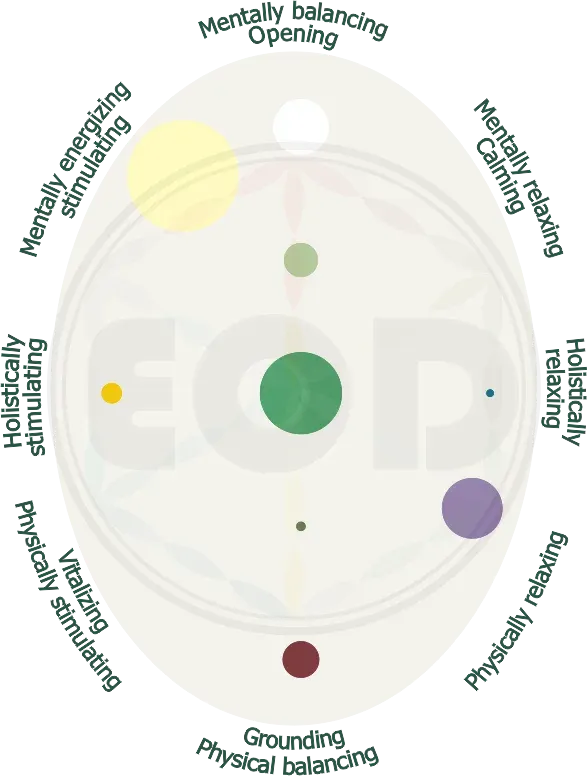Essential oil: Zedoary
Botanical name: Curcuma zedoaria (Christm.) Roscoe
Botanical family: Zingiberaceae
Scent: Spicy
Perfumery note: Middle to Base
Odor strength: Strong
Color: Golden yellow hue
Consistency: A bit viscous
Minimum sShelf life: 3 Years
Dilution: 20%
Part used: Rhizomes
Method of extraction: Steam Distillation
Type of plant: The plant bears green leaves with brownish-purple veins and grows up to a height of 50 cm.
Synonyms: Amb Halad, Hidden ginger, Kachoor, Katuri, Kentjur, Khamin Khao, Kunir Nar kachur, Putih, Plaua, Temu, White Turmeric
Botanical name synonyms: Amomum zedoaria Christm., Curcuma zerumbet Roxb.
Aromatic profile: Zedoary essential oil has a warm, spicy, camphoraceous cineolic aroma with subtle hints of ginger.
Principal places of production: India, Indonesia, Nepal, Taiwan.
Storage: Stored in a cool and dry well-closed container, keep away from moisture and strong light/heat.
When buying look for: N/A




Monoterpenes: 1.4%
Monoterpene oxides: 41.7%
Monoterpene ketones: 10.2%
Monoterpene esters: 0.2%
Aromatic ketones: 12.3%
Monoterpenols: 4.5%
Sesquiterpenols: 0.3%
Sesquiterpenes: 22.3%
Sesquiterpene ketones: 0.5%
Sesquiterpene oxides: 3.4%
Curcuma zedoaria - Rhizomes EO

Therapeutic properties:
Phisical aspects:: Amoebicidal, Analgesic, Anti-allergenic, Antibacterial, Anticancer (Cancer: Cervical, Colorectal, Lung, Ovarian, Tumor, Hepatic carcinoma, Gastric adenocarcinoma), Antiemetic, Antifungal, Anti-inflammatory, Antimicrobial, Antimutagenic, Antinociceptive, Antioxidant, Antiparasitic, Antipyretic, Antispasmodic, Antivenom (Indian cobra), Antiviral, Antiworm, Astringent, Blood purifier, Cardiotonic, Carminative, Cholagogue, Choleretic, Cooling, Energizing, Euphoric, Diuretic, Hemagglutinating, Hepatoprotective, Hypoglycemic, Larvicidal, Platelet activating activity, Stimulant (Circulatory system, Digestive system)
Emotional/Mental aspects:: Uplifting
Therapeutic uses:
Phisical aspects:: Abdominal cramps, Amnesia, Anemia, Anorexia, Appetizer, Bacillus cereus, Blood purification, Colic, Colletotrichum falcatum, Cough, Cuts, Deepens the breathing, Dyspepsia, Dysphagia, Enrich our microbiota, Flatulence, Gingivitis, Gynecologic inflammation, Hair loss (Especially male pattern baldness), Hepatic stellate cells, Hiccups, Human hepatoma, Improves menstrual flow, Indigestion, Inhibits growth and metastasis of liver cancer, Inhibits vascular endothelial growth factor (VEGF), Jaundice, Loss of appetite, Malaria, Nutritive, Pains and sprains, Phlegm, Prevent lipid oxidation, Pseudomonas aeruginosa, Respiratory disorders, Salmonella typhimurium, Spasms, Staphylococcus aureus, Swellings, Ulcer, Vaginitis (Monilial vaginitis), Vapors opens the breathing passages and sinus, Vibrio parahaemolyticus, Weakness, Wounds
Emotional/Mental aspects:: Anxiety, Depression, Fatigue, Mental Clarity, Mental stress, Mood uplifting, Nervous tension, Rejuvenate mind
Spiritual aspects:: 1st Chakra - survival and support, 3rd Chakra - personal power, 6th Chakra - perspective, Clarity, Expansive, Source Energy
Others:: Mosquito repellent
Popular Uses:
As traditional medicine by Indonesian people


Evaporation

Flavoring

Perfumery

Soaps
Application Methods: Dry evaporation, Ingredient in bitter tonic drinks, Perfumery, Soaps.
Blends well with: Bay leaf, Cedarwood derivatives, Clove (Bud), Lavandin, Pine (Needle), Sassafras (Brazilian), Tonka beans.
Substitute with: Tumeric
Associated Oil: N/A
Safety Warnings:
* Hazards: May interfere with gestation.
* Contraindications: Pregnancy, breastfeeding.
* Do not apply directly to skin, always dilute with carrier oil.
* Interact negatively with sedatives and blood pressure medications, heart conditions and other cardiac conditions.
* People with diabetes or a tendency toward anemia should avoid.
* Heavy menstrual periods (menorrhagia).
* Contraindicated for people suffering from epileptic or convulsive disorders.
Comments
Post a Comment